Your Guide to AI in the Classroom

Special Report: K-12 Cybersecurity in 2023: Ransomware
Attacks on the Rise



Special Report: K-12 Cybersecurity in 2023: Ransomware
Attacks on the Rise

The use of artificial intelligence, or AI, has been growing in education, from ChatGPT and writing tools to tutoring and monitoring solutions.
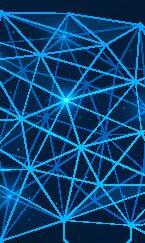
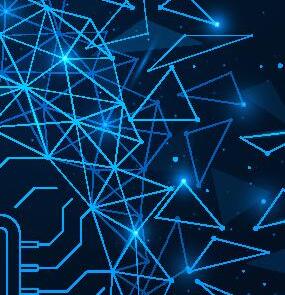

AI writing tools, such as ChatGPT, have especially improved rapidly in recent years, and free programs are regularly advertised to students in targeted ads, making this an issue that might already have impacted many educators’ classrooms, whether they know it or not.




“The astounding pace of progress has far outpaced any capacity for regulation to meaningfully keep pace,” says professor Rob
Reich, who co-teaches Ethics of Technological Disruption, a course at Stanford University.

“[This] has put educators in an unbelievably difficult position.”




To help educators understand and navigate this technological progress, Tech & Learning is focused on providing best practices, advice, tips, and thought leadership around the growing use of AI in the classroom.




Online learning pioneer Sal Khan believes ChatGPT-style AI technology is going to change the world and educators are already among the first to feel its impact.
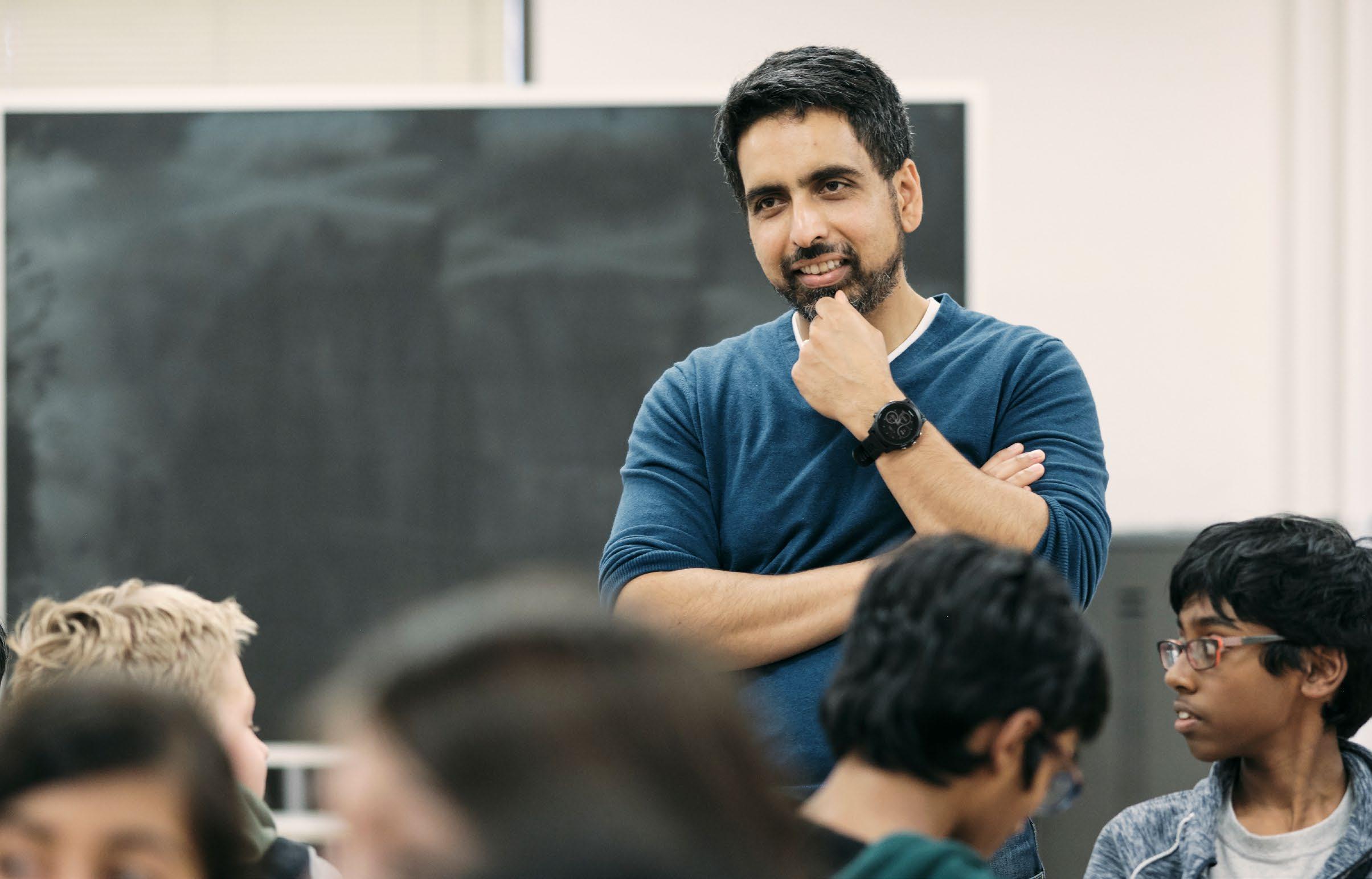 By Erik Ofgang
By Erik Ofgang
Sal Khan, founder of the nonprofit Khan Academy, believes the impact of AI technologies such as ChatGPT will be greater in education and beyond than the advent of search engines or smartphones.
“It is a new epoch and it is the most epoch of the epochs, I really believe, and I wouldn’t have said that six months ago or a year ago,” Khan says.
-
“Most students can’t write a five-paragraph essay. They can’t write a cogent paragraph with a thesis statement,” Khan says. AI could potentially help with this by providing students with an encouraging writing coach that provides more feedback and is available 24/7.
2Other Learning Opportunities - Educators are already using AI to grade papers, and now some are employing AI writing programs to create lesson plans, which ChatGPT is already being used for. “That experience is only going to get better as people create applications around it,” Khan says.
3 Preventing ChatGPT Cheating - One simple way Khan suggests educators can prevent this misuse of ChatGPT is to have students work on shorter essays during class time. “I actually think this is a much better use of class time, definitely better than lecturing,” he says.

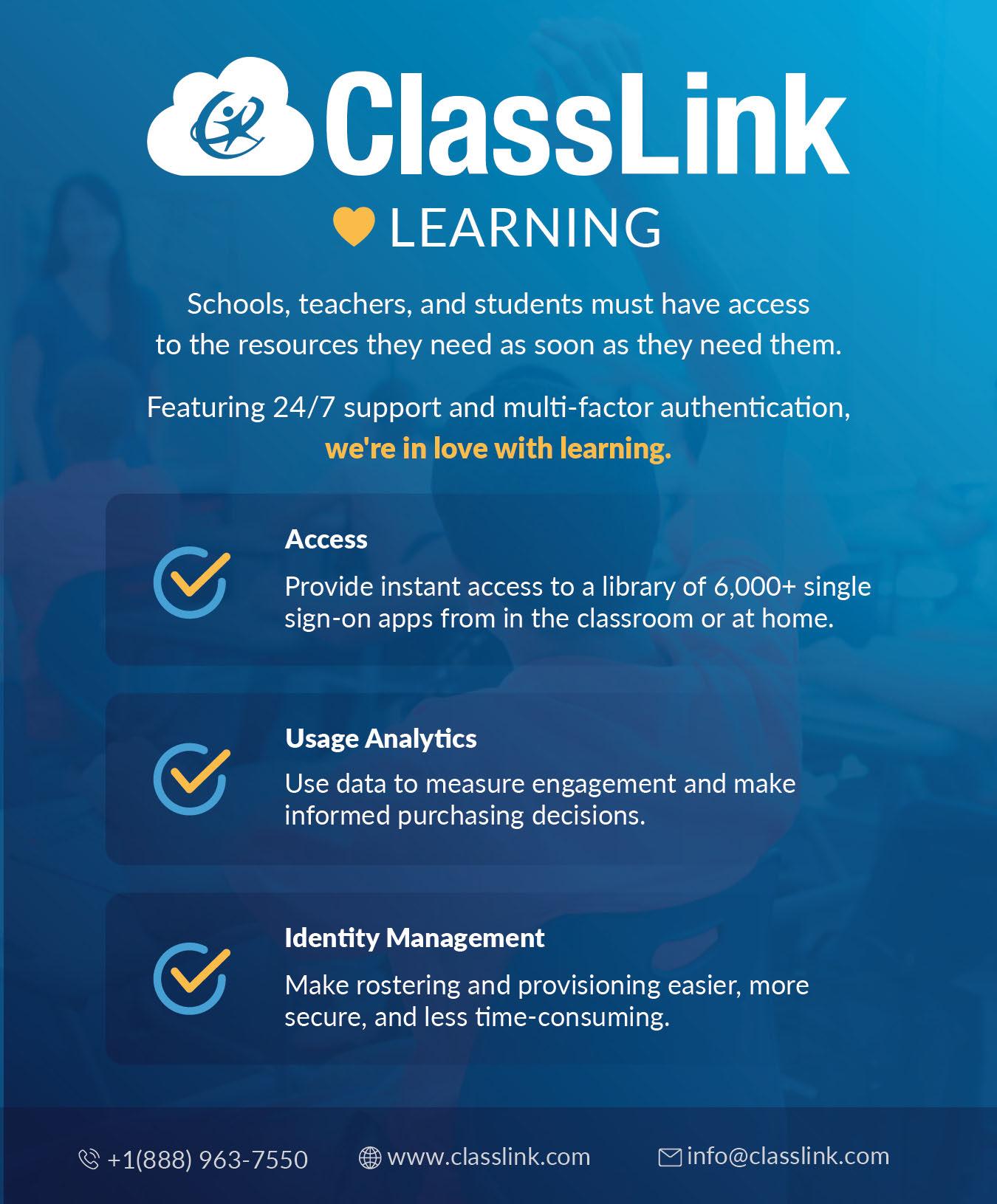
Learning to teach with ChatGPT is a new and somewhat controversial practice. Much of the conversation in education since the advanced AI chatbot debuted in late 2022 has focused on how to prevent ChatGPT cheating. However, many educators now teach with ChatGPT and find it a helpful and versatile tool.

1. Have it write an essay and have your students critique it.
2. Use it to critique your students’ work.
3. Have it create a list of review questions for students.
4. Use it to show students how to write code.
5. Have discussions around it in regard to the ethical implications and proper usage.
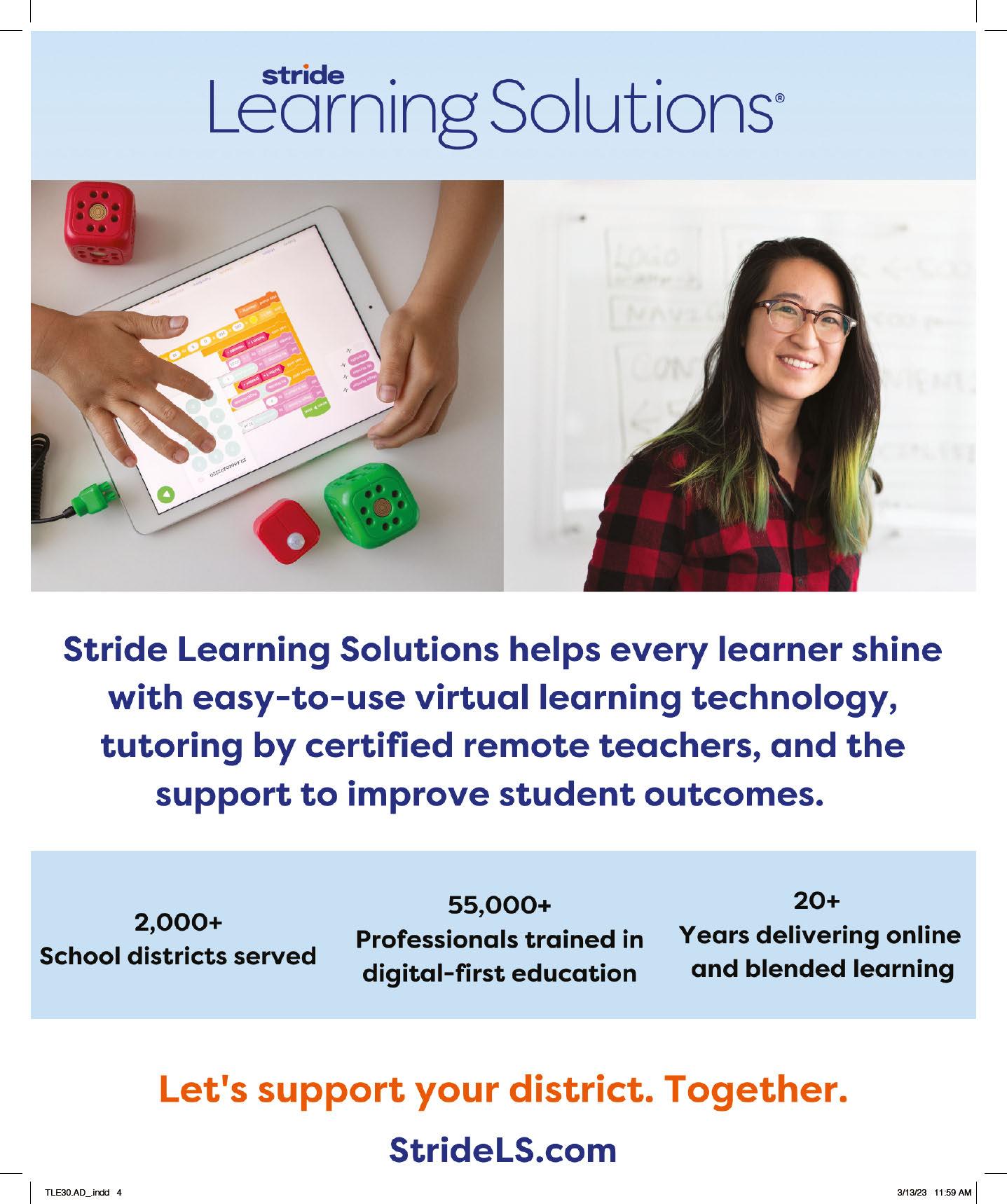

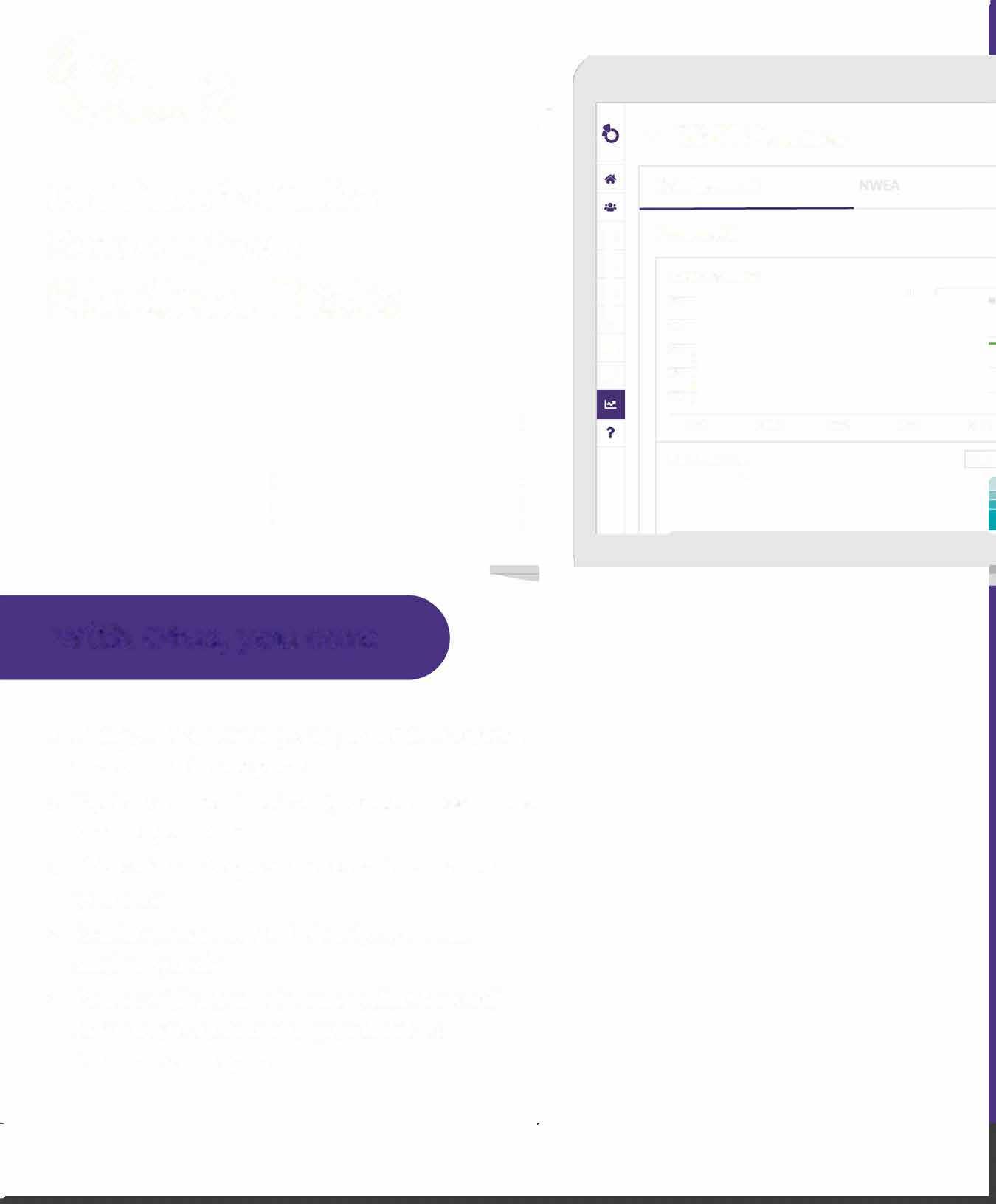
• Analyze data from any state, national or district assessmentin one place
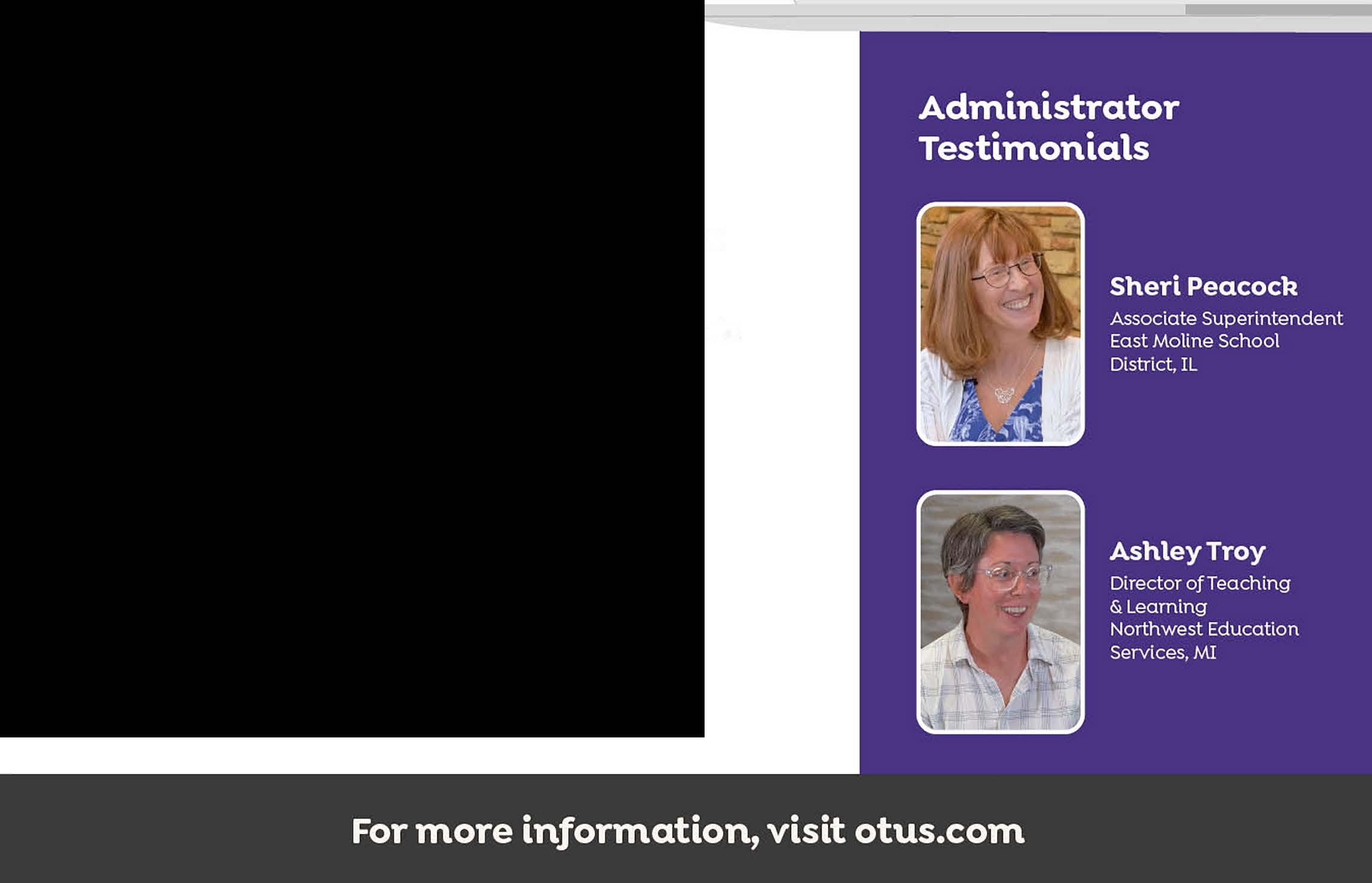



• Tap into thousands of ready-to-use assessments or buildyour own
• Work with data specialists to make sense of yourdata
• Create custom supportplans to accelerate student growth
• Partner with a team of formereducatorsand administrators to launchyour district's implementation plan
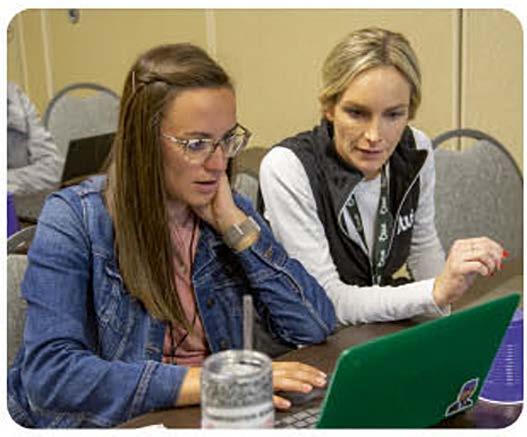

ChatGPT has a lot of potential for teaching, say educators, but it can also be used to cheat. Here are strategies to prevent ChatGPT cheating.
By Erik OfgangSince ChatGPT debuted in late 2022, educators across K-12 and higher education have scrambled to figure out how to address the new technology. New strategies and approaches to prevent ChatGPT cheating are being developed by education experts, including how to structure questions and guide students on using the technology appropriately.
1. Don’t ban the tool; instead, have discussions about using it ethically
2. Focus on creating assignments around higher order thinking
3. Incorporate personal student experiences into assignments
4. Use ChatGPT-detecting software, but also review results with a discerning eye


AI allows digital tools to think, respond, create, and compute as if they were a human doing so, using algorithms and information available. Consequently, leveraging these platforms and apps can support teachers in being more efficient and effective.
Many teachers may be already using artificial intelligence or AI teaching apps, such as ClassDojo for virtually assisted classroom management, or others that monitor plagiarism such as Plagiarism Checker X and the editor feature in Microsoft Word or Outlook email.

Automated grading - Tools such as Gradescope and even Google Classroom can be used to assess and grade student work.
- AI chatbot platforms such as Botsify, Ocelot,
and Juji can be trained to answer frequently asked classroom/lesson questions. Apps such as Duolingo can help students practice specific skills, while social media-like AI platforms such as Brainly can provide extra support while working through assignments.
Students can engage with personalized and adaptive learning situations through tools such as Cognii, while a platform such as Grammarly can help them work on writing, grammar, and sentence structure.
Creation - An app such as Soractic can provide visual and step-by-step explanations to student work. Creating content teaching apps such as Flexudy can auto generate entire lessons and courses, as needed.

Discovering that teachers knew little about the existence and potential functionality of AI tools, I was compelled to foster an edcamp, one of my favorite formats for faculty meetings.
• Edcamps are invigorating, loosely focused, informal and collaborative methods for providing teachers meaningful PD.
• Being a collaborative learning approach, teachers learn more from one another because they are able to share their experiences, tips, and strategies.
• The AI edcamp was held during a one-hour faculty meeting.
• Teachers selected 3 out of 5 AI-type options, with the flexibility to move across events if they changed their mind.
• Each option was a 15-minute experience, so teachers could get the basics of specific tools, attend 3 or more events, and debrief with colleagues.
• I created video intros for each option, which facilitated teachers knowledgeable about each AI tool and demonstrated it briefly.
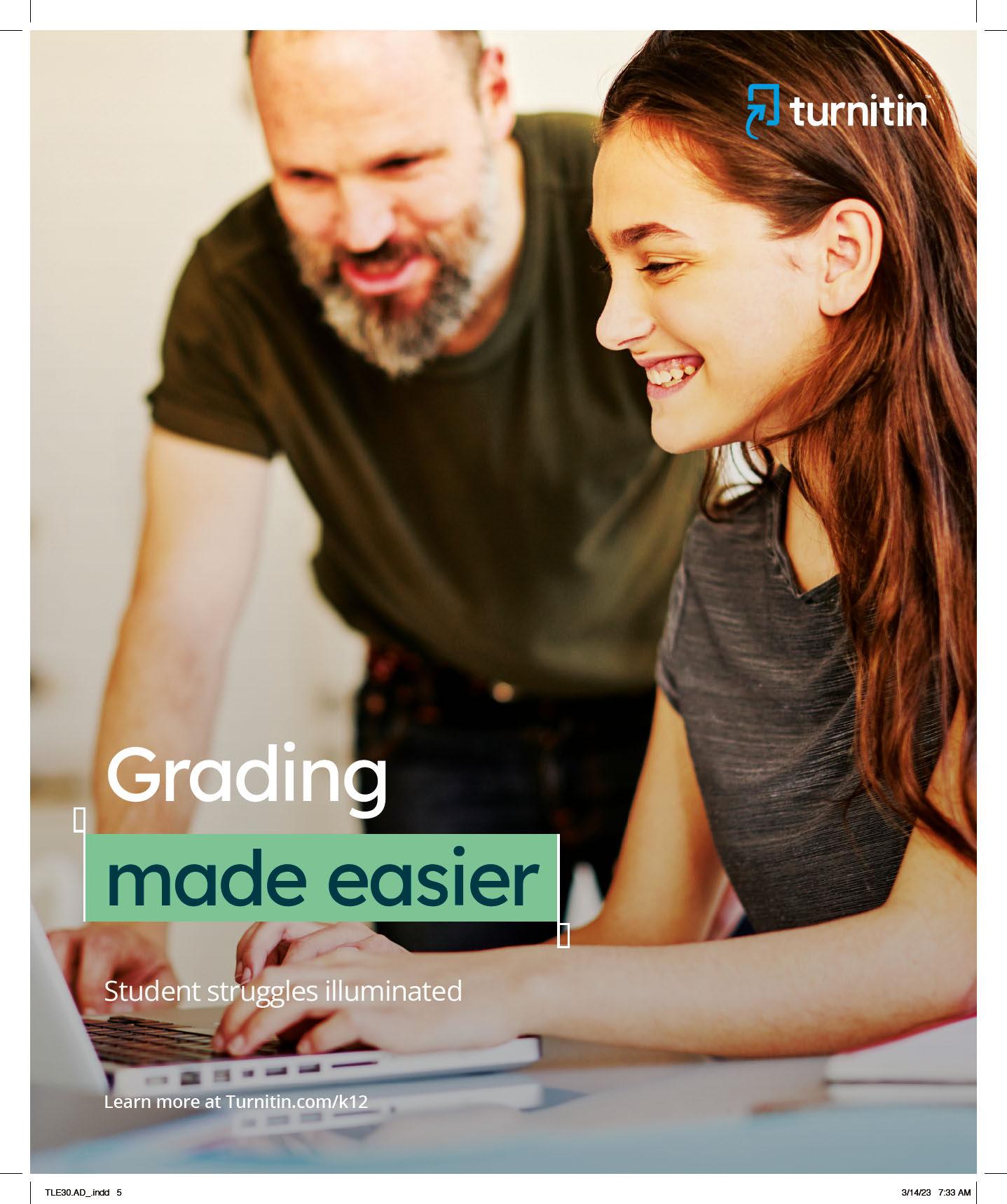
ChatGPT’s AI art generator cousins have potential applications in the classroom but also drawbacks, say educators.
By Erik OfgangArtificial intelligence (AI) art generators create realistic images and/or illustrations in various styles based upon prompts provided by users. The digital tools have the potential to save students time with tedious work and could, in theory, help engage them.
THREE THINGS TO KNOW ABOUT AI ART GENERATORS IN THE CLASSROOM:
AI Art Generators Raise Different Ethical Questions Than ChatGPT -
Current AI art generators draw from existing art online, which can lead to copyright infringement, plagiarism, and other legal concerns.
Ways AI Art Generators Can Be Used Right Now - Educators can use AI art
generators to support classroom activities other than art, such as creative writing. For example, a teacher can ask students to think about the main character of a story they might want to write, and then based on their ideas, an AI art generator can create an image of that character.






AI Art Generators: Potential and Pitfalls - Although AI art generators can be used to create 3D immersive experiences that can be used with the virtual reality (VR) and augmented reality (AR) lessons, these platforms may also impede student creativity and imagination.










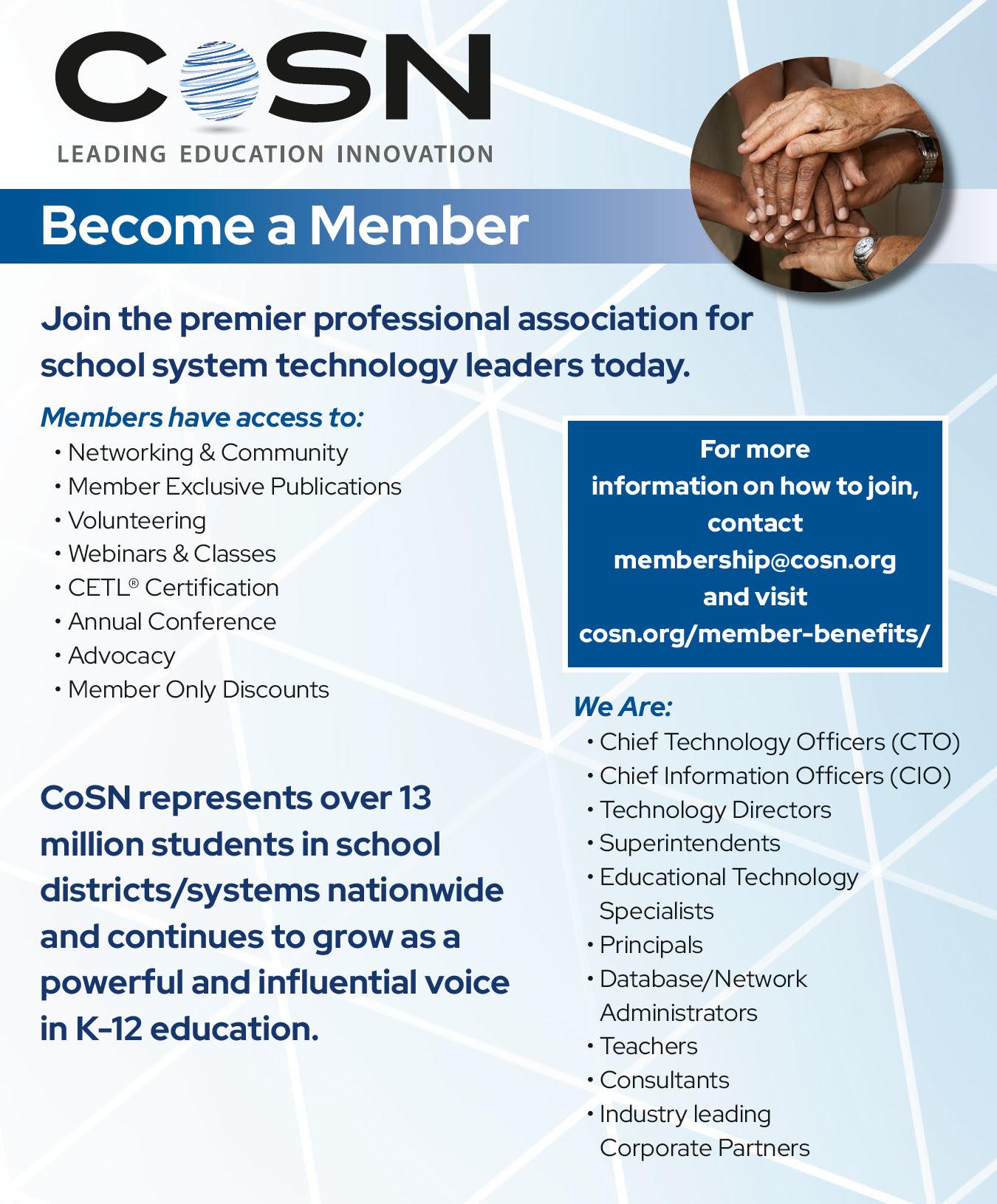
ChatGPT is the most advanced AI language generator and chatbot ever made widely available to the public.
For educators, teaching with ChatGPT offers educators many opportunities. Among the potential uses:

• As a digital tutor to create basic overviews
• To provide prompts to help break student writer’s block
• To showcase different writing styles for classroom discussion
• As a case study in ethics
ChatGPT has lots of teaching potential, but there are also many ways the technology can be misused.


Tech & Learning Regional Leadership Summits bring together superintendents, CTOs, CAOs, and instructional and tech district leaders to share ideas, best practices, and solutions to help to reshape and reimagine the future of education. Recently, leaders came together at the University of Maryland
to focus on the unique needs of the region to give attendees the valuable insight they need to develop action plans.
In addition to continual networking opportunities and general camaraderie, attendees got to share in thought-provoking discussions, come away with actionable best practices, and even have fun!
 Carl Hooker talked with ISTE Chief Executive Officer Richard Culatta about the recent ISTE/ASCD merger and his thoughts on the future of education
Carl Hooker talked with ISTE Chief Executive Officer Richard Culatta about the recent ISTE/ASCD merger and his thoughts on the future of education

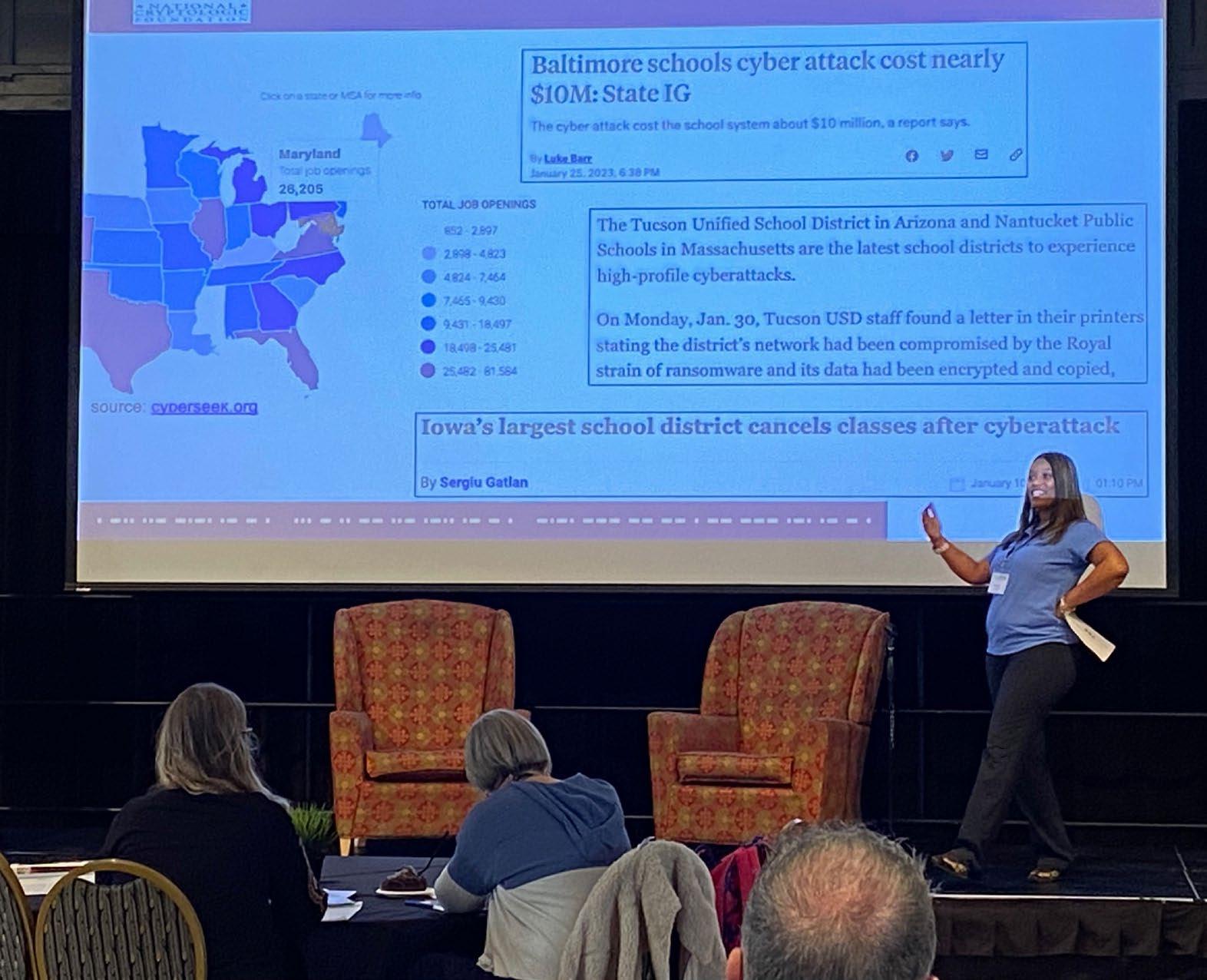
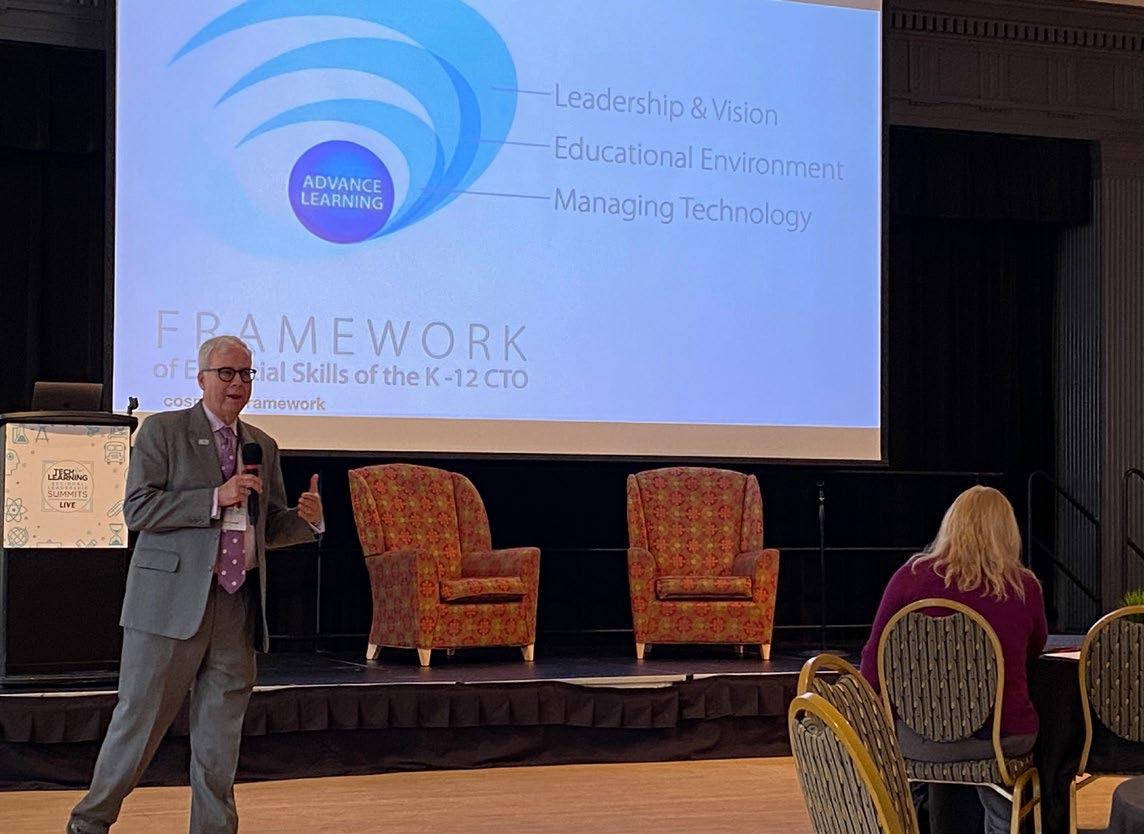 Keith Krueger, CEO of the Consortium for School Network (CoSN) led a dynamic closing keynote session on administrator PD
The National Cryptologic Foundation led an interactive learning session on cybersecurity tips and resources
Keith Krueger, CEO of the Consortium for School Network (CoSN) led a dynamic closing keynote session on administrator PD
The National Cryptologic Foundation led an interactive learning session on cybersecurity tips and resources
The winners of the Tech & Learning Innovative Leader Awards were announced at the closing ceremony. Pictured from left: Emmanuel Ajanma, Steven Jones, Charles Randolph, Jenna Whitney, Tom Burton, Michael Goodman, Christine Stokes-Beverley, Sherri Harris Gibbs
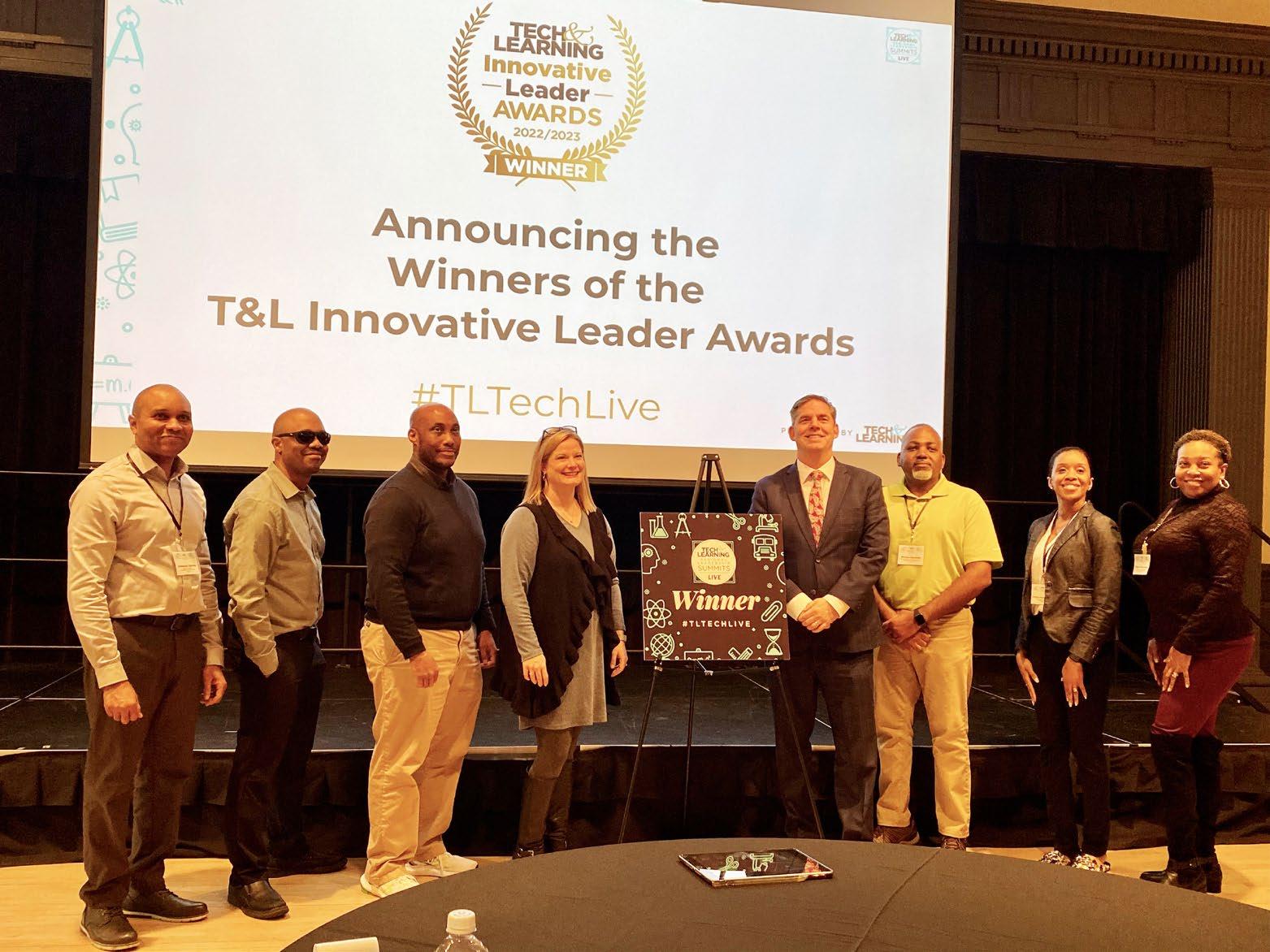
Working group sessions covered key subjects, such as AI, supporting teacher and student wellbeing, equity and access, addressing staffing shortages, and more
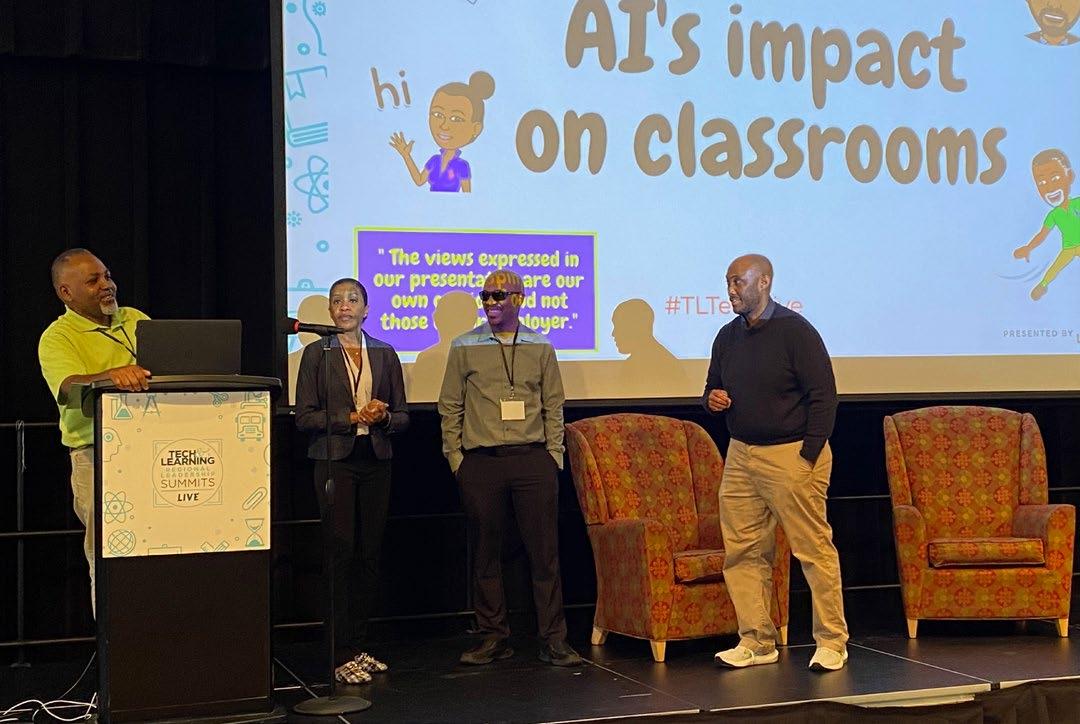
Learn more about Tech & Learning’s Regional Leadership Summits here

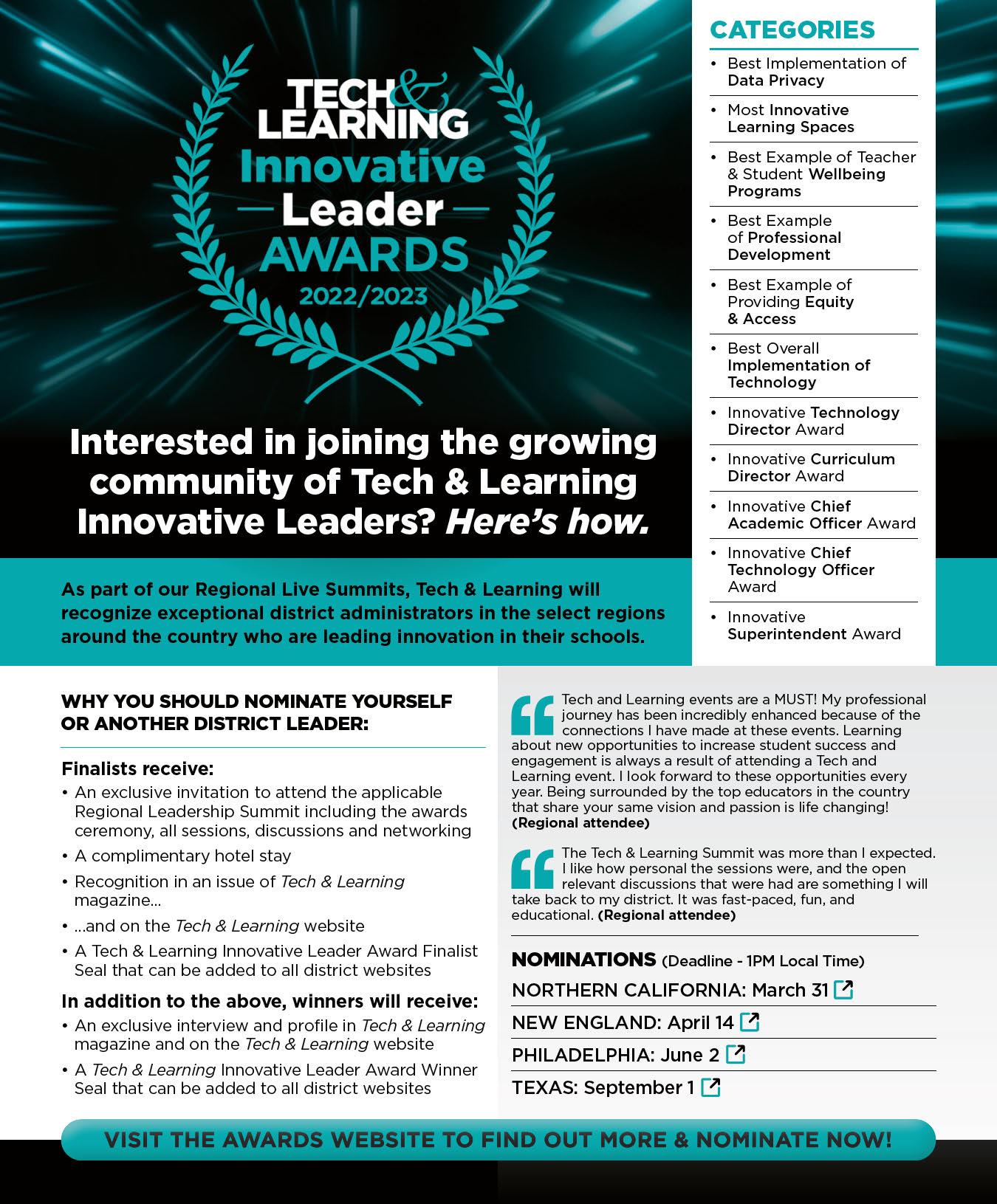
 By Eileen Belastock
By Eileen Belastock
Schools continue to be a primary target of cybersecurity attacks, especially ransomware attacks, in which a district is hacked and locked out of its own systems until they pay a ransom. These attacks currently pose the biggest threat, having risen from 12% of all incidents disclosed in 2020 to 62% in 2022.
“We must ensure that our K-12 schools are better prepared to confront a complex threat environment,” says Jen Easterly, Director of CISA, the U.S. Cybersecurity and Infrastructure Security Agency, which is also partnering with K-12 to bolster cybersecurity.

CISA recommends five actions a school
Group Publisher
Christine Weiser christine.weiser@futurenet.com
CONTENT
Managing Editor Ray Bendici ray.bendici@futurenet.com
Senior Staff Writer Erik Ofgang erik.ofgang@futurenet.com
Event Development Director Marquita Amoah marquita.amoah@futurenet.com
Production Manager Heather Tatrow heather.tatrow@futurenet.com
Managing Design Director Nicole Cobban
Senior Design Director Cliff Newman
ADVERTISING SALES Sales Manager Allison Knapp allison.knapp@futurenet.com
Sales Associate Anne Gregoire anne.gregoire@futurenet.com

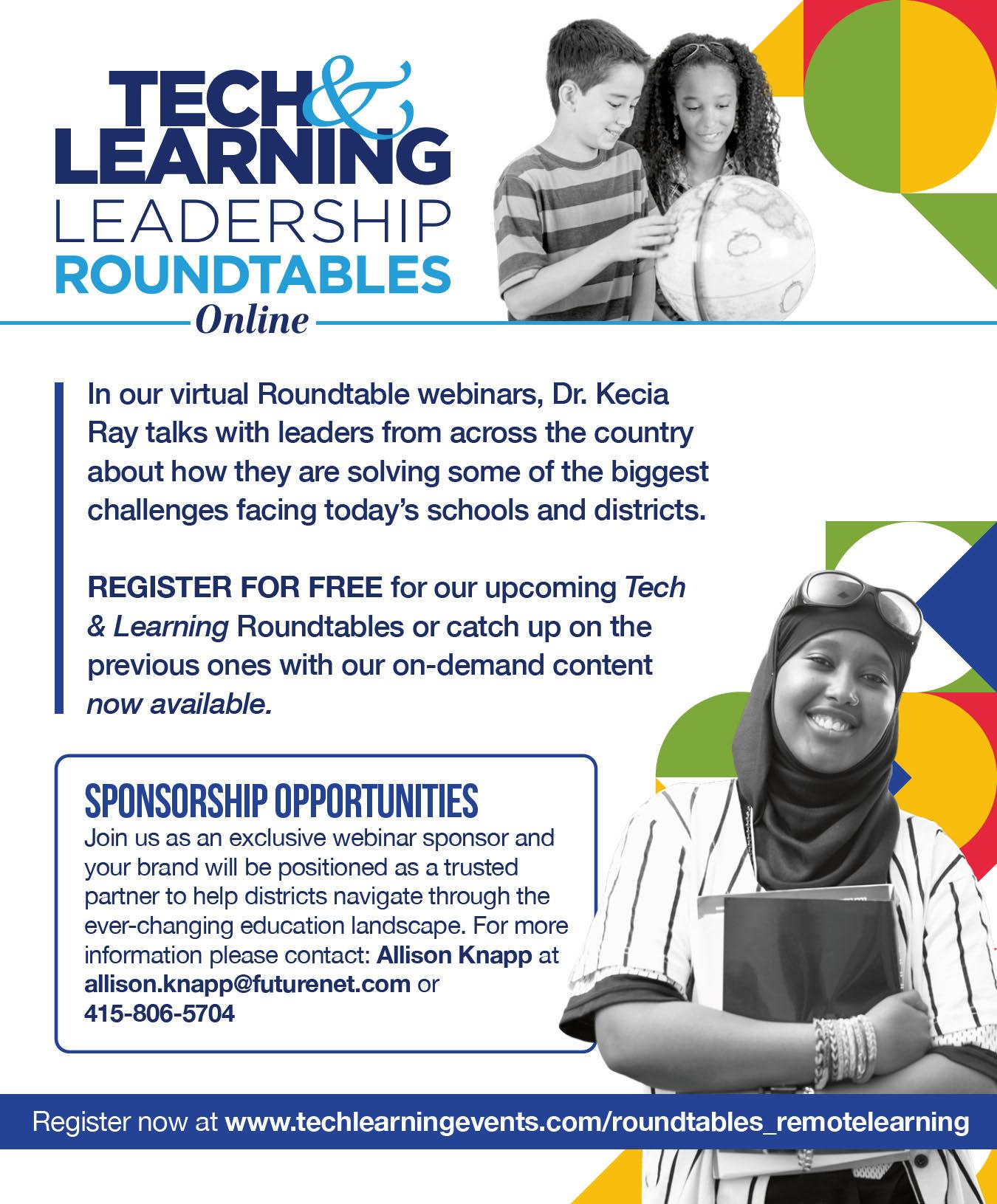
These lessons, games, and activities cover a wide range of cybersecurity topics and grade levels. Nearly all are free, with some requiring a free educator registration.
CodeHS Introduction to Cybersecurity (Vigenere) - This introductory curriculum is ideal for beginning computer science students.
Code.org Cybersecurity - Simple Encryption - This standards-aligned classroom or elearning lesson aims to teach students the basics of encryption.
Code.org Rapid Research - Cybercrime - What are the most common cybercrimes and how can students (and teachers) identify and prevent such attacks?
Common Sense Education Internet
Traffic Light - This Common Core-aligned first-grade lesson teaches basic internet safety with a fun Google Slides presentation/activity.
Cyber.org Cybersecurity Lesson for Grades 10-12 - A comprehensive cybersecurity course covering threats, architecture and design, implementation, risk, and more.
CyberPatriot Elementary School
Cyber Education Initiative (ESCEI)
- Included in the free digital kit are three interactive learning modules, instructor’s guide, and more.
Don’t Feed the Phish - Taking a playful approach to a serious topic, this complete standards-aligned lesson includes a warmup and wrap up, slides, quizzes, and more.
Faux Paw the Techno Cat - Follow the adventures of this technology-loving polydactyl puss via PDF books and animated videos as she learns with difficulty how to navigate digital ethics, cyberbullying, and other tricky cyber topics.
Cybersecurity Rubric for Education -
The Cybersecurity Rubric for Education from ClassLink, ENA by Zayo, and SecurityStudio is a free and easy-to-use assessment tool designed to help schools selfassess their cybersecurity environment and plan for continuous improvement.
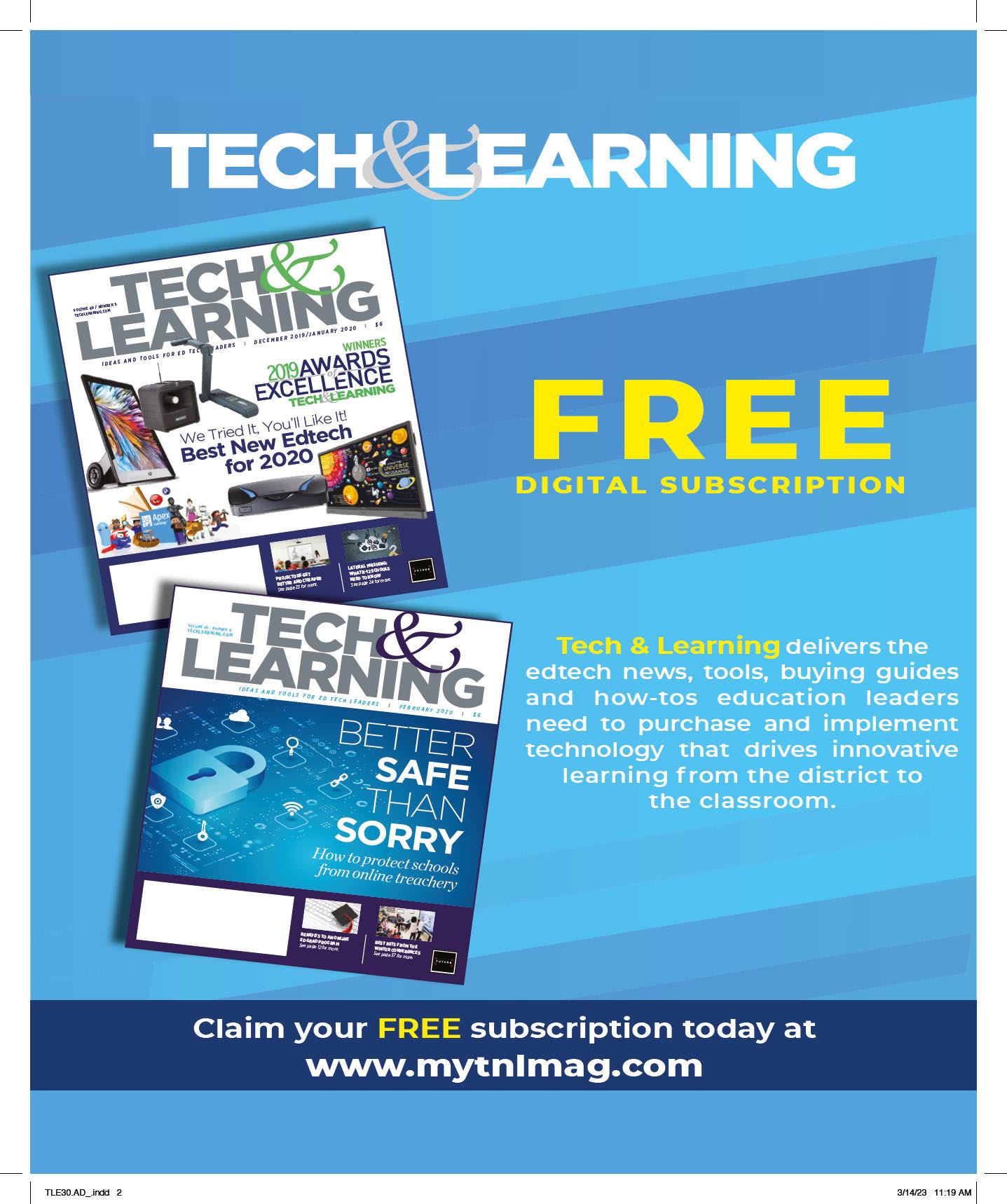

Digital devices provide students with access to potentially harmful information but technology can also help protect student well-being both online and in real life, says Justin Reilly, CEO at Impero Software.
Reilly, whose company helps schools manage student devices and well-being, talked about the challenges around student wellness and some ways in which technology can help educators keep students safe.
What have you seen in the changes in student well-being over the past 5 years?
Justin Reilly: There’s a lot more risk for students just in terms of the sheer volume of what they can get into. The number of devices that students were able to access has gone up so you don’t tend to see a student with a phone, it tends to be a phone, an iPad, a PC, access to devices at home. Impero and other companies have been driving the charge away from only looking at the reactive to say, we need to be much smarter about this. We’ve got to be pushing to be proactive and then to preempt. The reactive piece is when we spot something really serious is going on. We’ve seen children’s suicides and student suicides going up. We’ve seen depression going up at unprecedented rates. When you see something of that nature, quite rightly, somebody hits the red button, everybody dives in to go and sort the problem out. But now the journey is much more trying to get to a point where we can predict which students might be more at risk of certain behaviors, and intervene accordingly.
How can school district leaders ensure their staff has the needed support to attend to student wellbeing?
JR: The sheer scale of the concern around well-being is extremely daunting. So the worst thing you can do is put your head in the sand and consider it to be tomorrow’s problem. I don’t for a second propose that school district leaders are doing that, but because it’s so daunting, you have to take a step back and think both holistically and also on a daily basis.
It’s really worth understanding that a student’s well-being directly impacts student attainment and their performance as a student. That’s something intuitively we’ve always known. When I was a teacher 20-plus years ago, we always knew a happy student, a safe student will produce better results. That’s nothing new there. But the links between the two are starting to be forged much more rigidly, and so school leaders should be not just saying that well-being is something that we’ve got to tackle and then let’s get back to our day job of attainment. They should look at how one feeds into the other.
What role should the school play in helping parents support student well-being?
JR: Wehave to recognize that the learners are only in school for a portion of their daily lives, they’re not in there the whole time. Students are smart. So if they want to research eating disorders, they won’t do it on a school device, because that device is monitored. I think there has to be a much stronger relationship between the parents and the school. Bearing in mind, of course, that that depends on context, because if you’re talking about flagging domestic abuse, the very people you don’t want to convey that to are the parents.

Assuming that we’re talking in the round, there has to be a means by which schools are providing key information to the parents that is actionable. Alongside that, it’s not just about saying, “Hey, we’ve spotted that little Johnny has been researching eating disorders and appetite suppressants.” It’s also “...and here’s some advice or here’s somewhere you can go to get advice that will then allow you to tackle that.”
How can technology support student wellness and address the shortages in wellness experts?
JR: Myview here is that technology has a central role. We’re in a position to be able to monitor children at scale. We’re monitoring tens of millions of children and their use of digital infrastructure and we do that across the world. Seeing issues that pop up, we can localize that to districts and regions and everything else. We monitor keywords. We monitor what they’re doing on school networks, using school devices, their browsing, the whole thing. We analyze that and we remove the false positives, and we then categorize and boil it down. Effectively, we’re boiling the ocean to get those key bits of information that are relevant.
How can districts manage student wellness proactively rather than waiting until a situation becomes critical?

JR: As an industry, we should be absolutely pushing for this. So number one, let’s put the learner at the center of what’s going on digitally. It shouldn’t matter what the device is. Then alongside that, don’t just look at the browsing history because they can well be having conversations on the shared documents on the network that are not being tracked. You’ve got to track it all. You’ve also got to be looking for trends in what they’re doing and early signs of problems. I tend to use eating disorders as an example because it grows over time. Nobody wakes up in the morning and has a very extreme eating disorder. Something has led them to that point. And what technology can be doing and what districts
can be doing is focusing on the early signs. And even if that creates a much bigger fishing net that catches many more fish, that doesn’t matter, because that becomes a moment of education, rather than hard intervention. This doesn’t mean you’re going to fix everything. But if you can get a percentage of the students and prevent them from continuing that journey then you’re doing good work.
How can districts gather a more holistic snapshot of a student’s overall well-being?
JR: Youtake your safeguarding tools, which are the ability for teachers and counselors to enter manually their own observations around the student bruises, changing attitudes, whatever it may be, combine it with the well-being tools that are digitally monitoring activity, and combine it with the filtering history. That’s where you start from, that gives you a very unique but distinct sort of pattern.
You add in the school information system, which can be recording attainment. So, if there’s a drop in attainment, you can start to see that it’s related to well-being. You bring in more and more information from a variety of different data sources. You connect that to the information you get in communication with the parents. You have the conversation with the child, you give them the ability to record their own feelings. I mean, they do it every day on social media. So should we be monitoring social media output?
One of the goals I have is to involve extracurricular clubs as well. Students are all in different environments, dealing with different people and those people will have opinions on their well-being and wellness and they will also be able to spot things that the teachers won’t because the teacher is looking at 30 or 40 children. We need a mechanism whereby we can confidently and privately feed the right intelligence into a system to monitor. So to get to that holistic snapshot, we’ve got to be looking beyond individual tools and we’ve got to be willing to integrate with other things that are out there.
